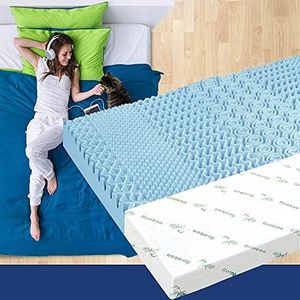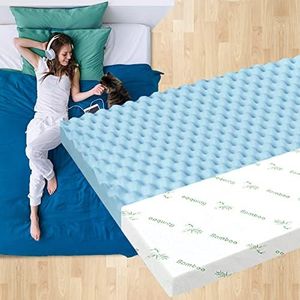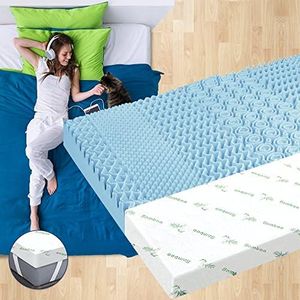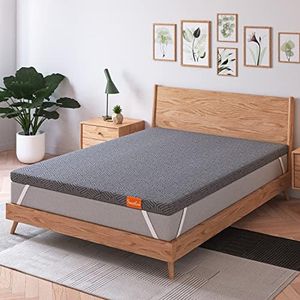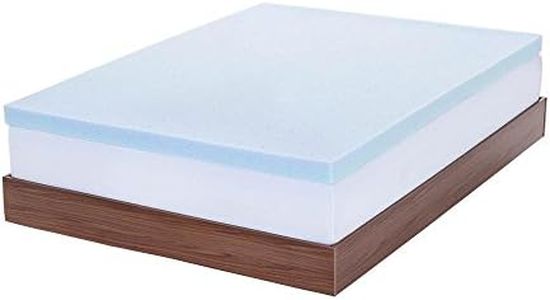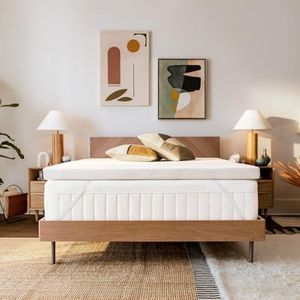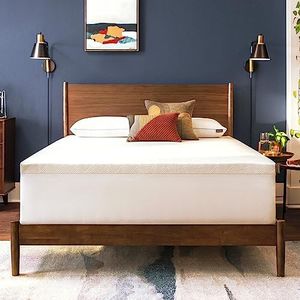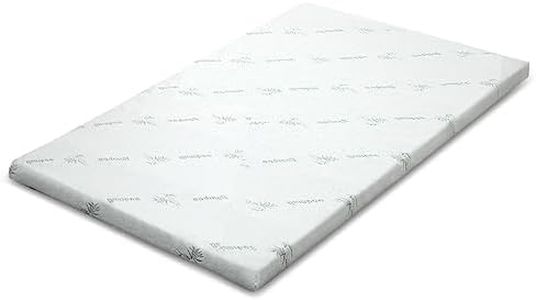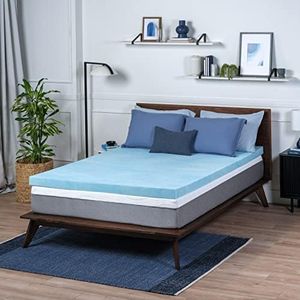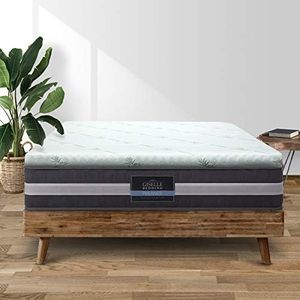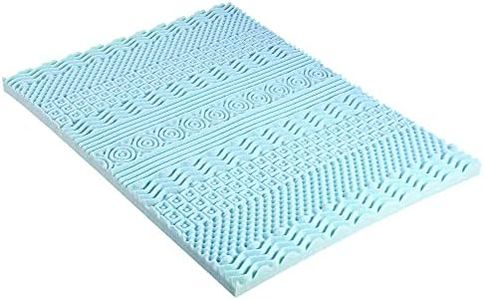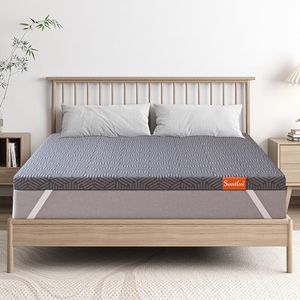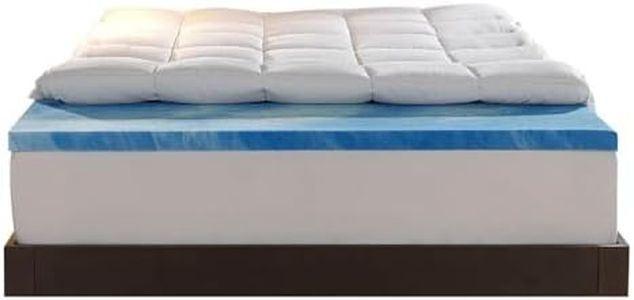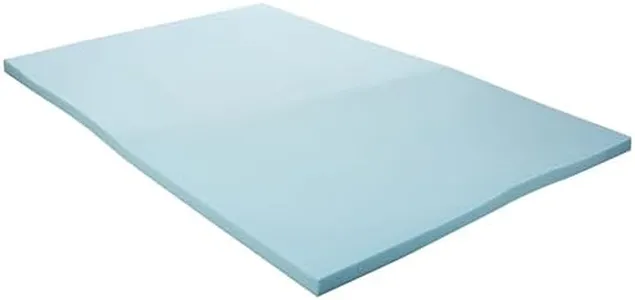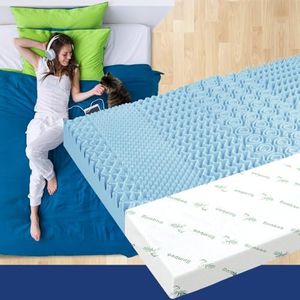Buying Guide for the Best Memory Foam Toppers
Memory foam toppers are a great way to improve the comfort of your mattress without investing in a brand new bed. They can add softness, relieve pressure points, and provide better support for your body as you sleep. When choosing a memory foam topper, you should focus on how you sleep, what kind of comfort or support you need, and your personal preferences for firmness and temperature control.ThicknessThickness refers to how deep the topper is from top to bottom, usually measured in inches. This matters because a thicker topper generally means more cushioning and potential for pressure relief. Thinner toppers, like those around 1-2 inches, add a subtle layer of softness without changing the feel of your mattress very much—good if your mattress is already comfortable but you want a bit more plushness. Medium thickness, around 2-3 inches, starts to noticeably adjust support and comfort, which is helpful if your mattress feels too firm or you want to relieve shoulder or hip pressure. Thick toppers of 4 inches or more offer significant softness and are best if your mattress is uncomfortable, too firm, or if you need to mask lumps. Think about how much extra cushioning you want, and how much your current mattress needs to change, to pick the right thickness for you.
Foam DensityFoam density describes how heavy and compact the foam is, usually measured in pounds per cubic foot. It’s important because density affects both how supportive and how durable the topper will be. Low-density foams (about 2-3 lbs/ft³) feel softer, allow you to sink in easily, and may sleep a bit cooler, but they also wear out faster. Medium-density foams (about 3-5 lbs/ft³) offer a solid balance between comfort and longevity—they contour to your body for support but won’t break down as quickly. High-density foams (over 5 lbs/ft³) are firmer, offer more support (which can be good if you have back pain), tend to last longer, but may feel warmer. Your sleep style (side, back, or stomach) and your body weight can help you decide—a heavier person or someone needing more support should lean toward higher density, while a lighter person or someone mostly seeking softness can consider lower density.
FirmnessFirmness is all about how much the topper resists your body weight—whether it feels soft and plush or firm and more supportive. This is essential for personal comfort and proper spinal alignment during sleep. Softer toppers are great for side sleepers or those who need more pressure relief for shoulders and hips. Medium firmness works for most people, especially back sleepers, providing a balance between comfort and support. Firmer toppers are suited for stomach sleepers or anyone who finds their mattress too soft and wants more support. Choose a firmness level that matches the way you usually sleep and what feels best for your comfort needs.
Temperature RegulationTemperature regulation is about how well the topper manages heat and airflow, helping you stay cool through the night. Traditional memory foam can trap heat, so many modern toppers include gel infusions, open-cell constructions, or ventilation features to keep you cooler. If you usually feel too warm at night, look for toppers with cooling technology—these might feel less stuffy and help you sleep better. If you tend to be cold, a standard memory foam topper without special cooling may work fine. Consider your night-time temperature comfort and choose a topper that addresses how hot or cool you like to be in bed.
Certifications and MaterialsCertifications and materials refer to how the topper is made and whether it meets certain safety or health standards, such as being free from harmful chemicals or allergens. Look for certifications like CertiPUR-US, which means the foam has been tested for durability, emissions, and content. Some toppers use additional natural materials, like bamboo covers, to appeal to people with allergies or those looking for a more eco-friendly option. If you’re sensitive to odors, allergies, or want reassurance the product is safe, check what certifications or material claims the topper offers.
Cover and WashabilityThe cover and washability indicate whether the topper has an outer fabric layer that protects the foam and how easy it is to keep the topper clean. Some toppers include removable, washable covers made from soft or moisture-wicking materials, making it easier to keep your sleeping space hygienic. If you’re concerned about keeping your sleep area fresh—especially in homes with pets, kids, or allergies—choose a topper with a removable, washable cover. If easy cleaning is not a major concern, this might be less important for you.
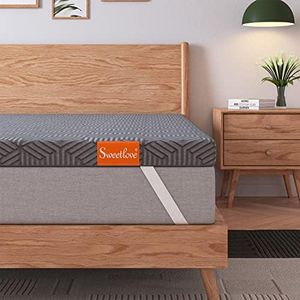 Sweetlove
Sweetlove